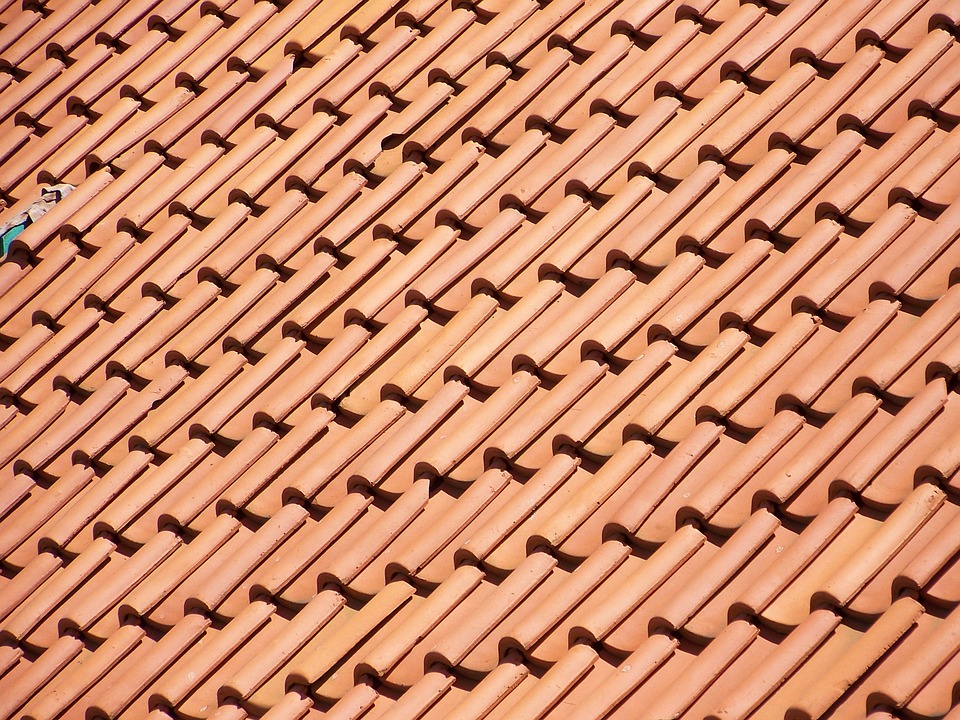hiring roofing company
One of the very best methods to choose a roofing contractor is to ask good friends or relatives for suggestions. You may also call an expert roofers association for referrals. Professional organizations have strict standards for their members to follow. The roofing companies in Maryland area will provide you with a list of available specialists.
Property owner upkeep includes cleaning the leaves and debris from the roofs valleys and rain gutters. Blocked rain gutters can cause water to flow back under the shingles on the eaves and trigger damage. Whatever the roofing product may be consisting of composition shingle, wood shake, tile or metal. The best way to protect your roof is to stay off it. Likewise, seasonal modifications in the weather are typically the most destructive forces.
When Hiring a Roofing Contractor:  There are two kinds of roofs, flat and pitched (sloped). Most business, industrial, and apartment have flat or slightly sloping roofs. Many homes have pitched roofs. Some roofers deal with both types; others specialize. Most flat roofs are covered with numerous layers of materials. Next, they install partially overlapping layers of roofing felt, a material saturated in asphalt, over the surface. Roofing companies use a mop to spread hot bitumen over the surface area and under the next layer. Roofers duplicate these actions to develop the preferred variety of layers, called plies. The top layer goes into or either is glazed to make a smooth surface or has gravel embedded in the hot bitumen to produce a rough surface area. An increasing number of flat roofs are covered with a single-ply membrane of water resistant rubber or thermoplastic compounds. Roofing contractors roll these sheets over the insulation of the roof and seal the joints. Adhesive, mechanical fasteners, or stone ballast hold the sheets in place. The building should be of adequate strength to hold the ballast.
There are two kinds of roofs, flat and pitched (sloped). Most business, industrial, and apartment have flat or slightly sloping roofs. Many homes have pitched roofs. Some roofers deal with both types; others specialize. Most flat roofs are covered with numerous layers of materials. Next, they install partially overlapping layers of roofing felt, a material saturated in asphalt, over the surface. Roofing companies use a mop to spread hot bitumen over the surface area and under the next layer. Roofers duplicate these actions to develop the preferred variety of layers, called plies. The top layer goes into or either is glazed to make a smooth surface or has gravel embedded in the hot bitumen to produce a rough surface area. An increasing number of flat roofs are covered with a single-ply membrane of water resistant rubber or thermoplastic compounds. Roofing contractors roll these sheets over the insulation of the roof and seal the joints. Adhesive, mechanical fasteners, or stone ballast hold the sheets in place. The building should be of adequate strength to hold the ballast.
A lot of residential roofs are covered with shingles. To apply shingles, roofers initially lay, cut, and tack 3-foot strips of roofing felt lengthwise over the whole roof. Then, beginning with the bottom edge, they staple or nail overlapping rows of shingles to the ceiling. Employees procedure and cut the felt and shingles to fit converging roof surfaces and to fit around vent pipes and chimneys. Wherever two roof surface areas intersect or roof to reach a vent pipe or chimney, roofers Cement or nail flashing strips of metal or shingle over the joints to make them leak-proof. Lastly, roofers cover exposed nail heads with roofing cement or caulking to prevent water leak. Roofing companies who use tile, metal shingles, or shakes follow a similar process. Some roofers likewise water resistant and wet proof masonry and concrete walls and floorings. To prepare surface areas for waterproofing, they hammer and sculpt away rough spots, or eliminate them with a rubbing brick, before using a coat of liquid waterproofing compound. They likewise might paint or spray surface areas with a waterproofing product, or attach waterproofing membrane to surfaces.